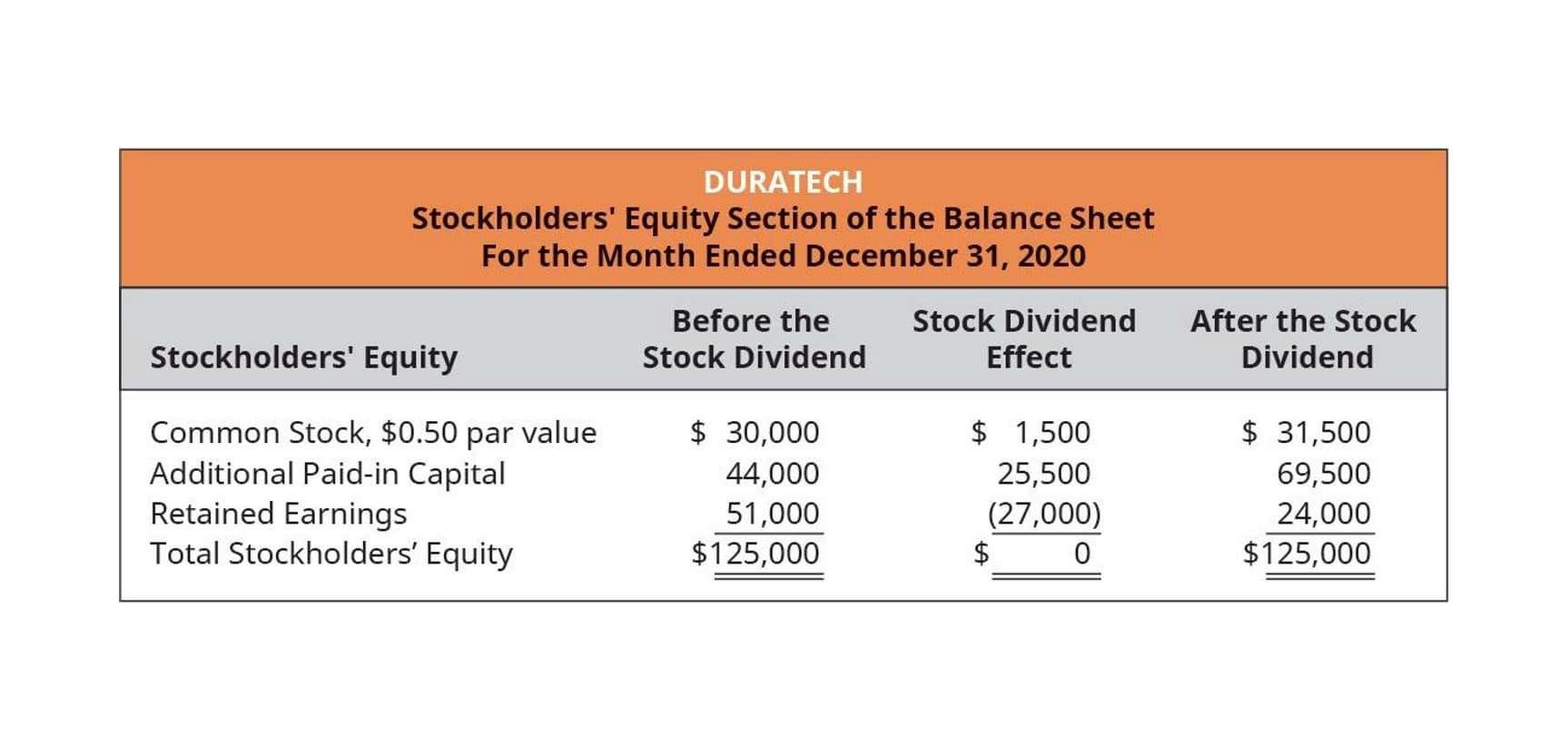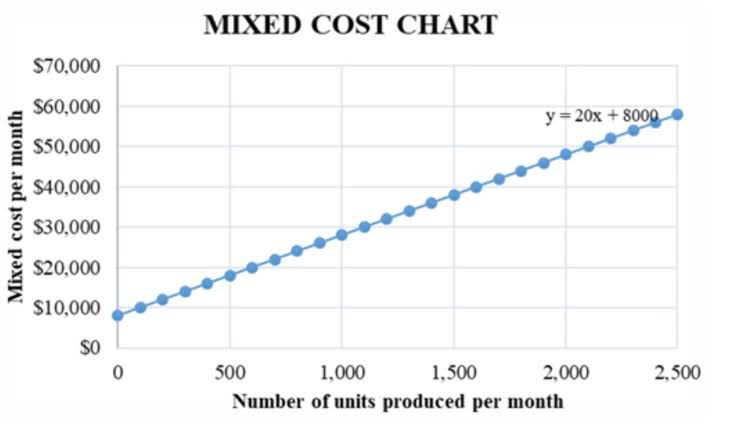
The purpose of the closing entry is to reset temporary account balances to zero on the general ledger, the record-keeping system for a company’s financial data. After the closing journal entry, the balance on the drawings account is zero, and the capital account has been reduced by 1,300. Temporary accounts are accounts in the general ledger that are used to accumulate transactions over a single accounting period. The balances of these accounts are eventually used to construct the income statement at the end of the fiscal year. In a sole proprietorship, a drawing account is maintained to record all withdrawals made by the owner.
- We could do this, but by having the Income Summary account, you get a balance for net income a second time.
- Temporary (nominal) accounts are accounts that are closed at the end of each accounting period, and include income statement, dividends, and income summary accounts.
- Notice that the balance of the Income Summary account is actually the net income for the period.
- Now Paul must close the income summary account to retained earnings in the next step of the closing entries.
- The closing entries are dated in the journal as of the last day of the accounting period.
- Closing all temporary accounts to the income summary account leaves an audit trail for accountants to follow.
- The total debit to income summary should match total expenses from the income statement.
Close all expense and loss accounts
The second entry requires expense accounts close to the Income Summary account. To get a zero balance in an expense account, the entry will show a credit to expenses and a debit to Income Summary. The closing entry will credit Supplies Expense, Depreciation Expense–Equipment, Salaries Expense, and Utility Expense, and debit Income Summary.
Create a free account to unlock this Template

Let’s explore each entry in more detail using Printing Plus’s information from Analyzing and Recording Transactions and The Adjustment Process as our example. The Printing Plus adjusted trial balance for January 31, 2019, is presented in the following Figure 1.28. In this segment, we complete the final steps (steps 8 and 9) of the accounting cycle, the closing process. You will notice that we do not cover step 10, reversing entries.

What Is Net Income?
- These accounts will not be set back to zero at the beginning of the next period; they will keep their balances.
- In this chapter, we complete the final steps (steps 8 and 9) of the accounting cycle, the closing process.
- As you will learn in Corporation Accounting, there are three components to the declaration and payment of dividends.
- It’s not necessarily a process meant for the faint of heart because it involves identifying and moving numerous data from temporary to permanent accounts on the income statement.
- Since dividend and withdrawal accounts are not income statement accounts, they do not typically use the income summary account.
Retained Earnings is the only account that appears in the closing entries that does not close. You should recall from your previous material that retained earnings are ledger account the earnings retained by the company over time—not cash flow but earnings. Now that we have closed the temporary accounts, let’s review what the post-closing ledger (T-accounts) looks like for Printing Plus. It is important to understand retained earnings is not closed out, it is only updated. We see from the adjusted trial balance that our revenue accounts have a credit balance.
The third entry closes the Income Summary account to Retained Earnings. The fourth entry closes the Dividends account to Retained Earnings. The information needed Food Truck Accounting to prepare closing entries comes from the adjusted trial balance. All temporary accounts must be reset to zero at the end of the accounting period.

Closing Entry: What It Is and How to Record One
Closing entries prepare a company for the next accounting period by clearing any outstanding balances in certain accounts that should not transfer over to the next period. Closing, or clearing the balances, means returning the account to a zero balance. The first entry closes revenue accounts to the Income Summary account. The second entry closes expense accounts to the Income Summary account.
- Printing Plus has $140 of interest revenue and $10,100 of service revenue, each with a credit balance on the adjusted trial balance.
- If both summarize your income in the same period, then they must be equal.
- To get a zero balance in a revenue account, the entry will show a debit to revenues and a credit to Income Summary.
- Shaun Conrad is a Certified Public Accountant and CPA exam expert with a passion for teaching.
Close Dividends

To do this, their balances are emptied into the income summary account. The income summary account then transfers the net balance of all the temporary which of the following is not a closing entry accounts to retained earnings, which is a permanent account on the balance sheet. As mentioned, temporary accounts in the general ledger consist of income statement accounts such as sales or expense accounts. When the income statement is published at the end of the year, the balances of these accounts are transferred to the income summary, which is also a temporary account. Companies use closing entries to reset the balances of temporary accounts − accounts that show balances over a single accounting period − to zero. By doing so, the company moves these balances into permanent accounts on the balance sheet.

Frasker Corp. Closing Entries
This is no different from what will happen to a company at the end of an accounting period. A company will see its revenue and expense accounts set back to zero, but its assets and liabilities will maintain a balance. Stockholders’ equity accounts will also maintain their balances.
Temporary and Permanent Accounts
A net loss would decrease retained earnings so we would do the opposite in this journal entry by debiting Retained Earnings and crediting Income Summary. All of Paul’s revenue or income accounts are debited and credited to the income summary account. This resets the income accounts to zero and prepares them for the next year. Income and expenses are closed to a temporary clearing account, usually Income Summary. Afterwards, withdrawal or dividend accounts are also closed to the capital account. Temporary accounts include all revenue and expense accounts, and also withdrawal accounts of owner/s in the case of sole proprietorships and partnerships (dividends for corporations).

